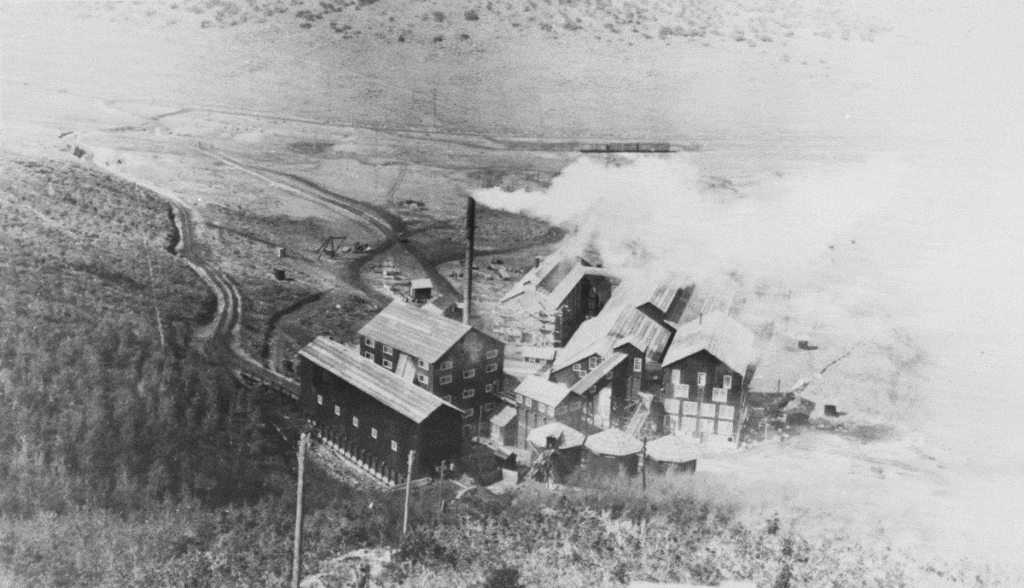In last week’s article, “Food for Thought,” we discussed the culinary connection between today’s Deer Valley Cafe and the Smith & Brim store and butcher business founded in 1897. This article discusses an industrial feeding process.
By 1916, difficult business conditions compelled George Smith Jr. to sell his Deer Valley acreage to the Judge Mining and Smelting Company. The property contained his slaughterhouse and feed lot, and was originally chosen because, though close to town, it was distant enough to be “out of sight, out of mind.”
While operating a slaughterhouse is an unpleasant endeavor, operating an electrolytic zinc plant is even more so.
As conditions had deteriorated for Mr. Smith, they’d boomed for the Judge Mining Company. Flush with cash and encouraged by the war in Europe (which prompted nearly insatiable demand for lead), company executives and board members decided to expand the business.
In the early 1900s, the industrial applications for zinc were becoming evident, fueled in part by WWI and the need for more durable steel. Though in 1916 the electrolytic method of producing zinc was considered experimental, the Judge executive team was not deterred from embarking on an ambitious plan to construct a state-of-the-art electrolytic zinc plant in Deer Valley.

Credit: Park City Historical Society and Museum, Kendall Webb Collection
The Judge Mining Company coveted George Smith Jr.’s property for its rail access. The plant had to be fed, its diet consisting primarily of zinc concentrate, coal and sulfuric acid. The concentrate was provided by local mills, the coal from Coalville and the sulfuric acid from Garfield, courtesy of Utah Copper. Likewise, the finished product – fifteen tons per day of high quality zinc “cakes” – required delivery to customers. The Denver and Rio Grande took care of both the ins and outs.
From an energy consumption perspective, besides coal the plant required vast amounts of low-cost electricity. This was satisfied by the Snake Creek Mining and Tunnel Company in Heber (which the Judge purchased in 1917). The outflow of water from this drain tunnel powered the technically advanced Pelton water turbines.
In today’s dollars, the total cost for the plant, power complex and supporting infrastructure exceeded $20 million, making it one of the most expensive construction projects in Utah at the time.
The plant began operation in February 1917 but closed in 1929. The facilities were torn down, except for the extensive foundations. For the next twenty years “Smithfield” was a popular location for large outdoor gatherings, in particular softball. Though it was gone, reminders of the Judge’s sophisticated industrial endeavor remained. The local Boy Scout Troop (under the tutelage of Kendall Webb) explored the “ruins” of the plant. Those who played ball at Smithfield recall an ubiquitous granular, black sand-like substance – iron-based waste from the zinc “roasting” process.